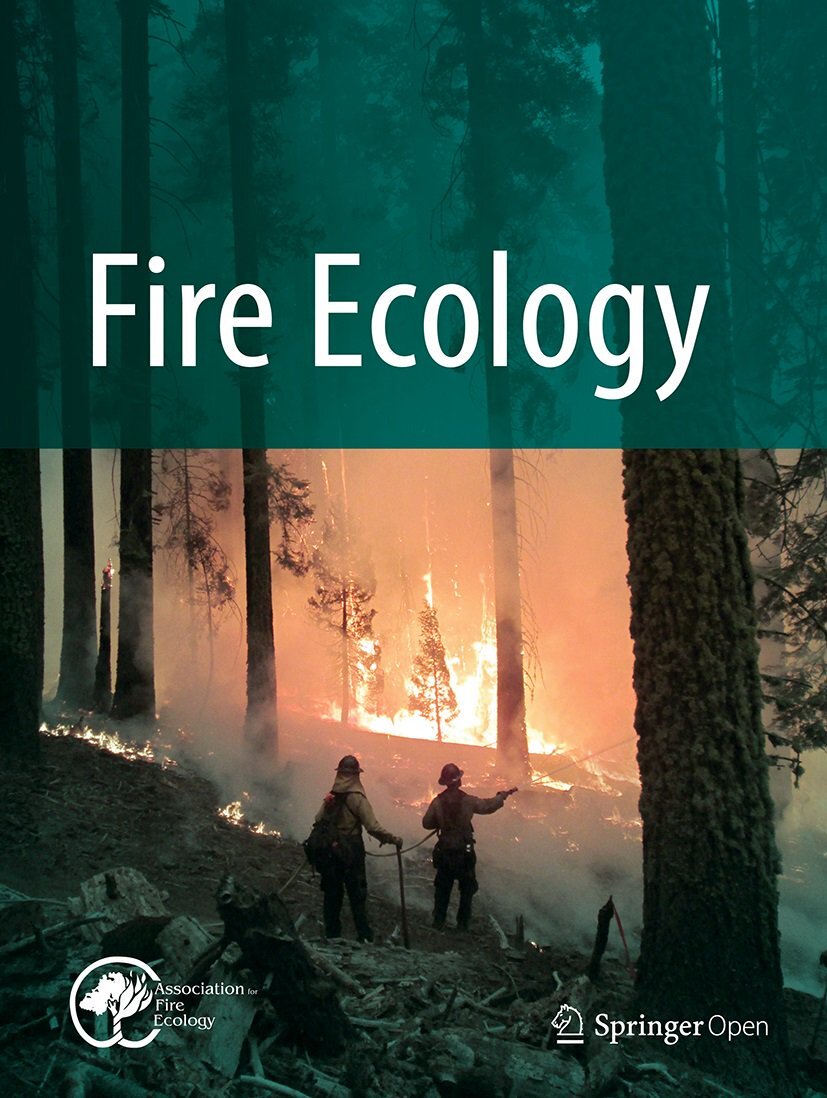Analyzing Prescribed Fire Support in the West U.S.
A national survey project has been recently published in partnership with Colorado State University, the University of Michigan, Rural Voices for Conservation Coalition, the Fire Learning Network, The Nature Conservancy, and the Watershed Research and Training Center. Read the full report here and a blog summary here by Fire Adapted Communities.
This research focused on the following objectives:
Describe the organizations that support, plan, and/or implement prescribed fire in the U.S.
Identify their capacities and resource needs.
Gauge how they may be impacted by the current scarcity of prescribed fire insurance.
Determine how federal resources could be invested to support these organizations’ workforce
Key Findings
The highest reported existing capacities among non-governmental prescribed fire organizations were related to communication and outreach to:
Respondents most commonly wanted to develop or continue to enhance capacities related to communication and outreach, including improving:
Key Recommendations
Establish dedicated and long-term funding streams to provide security for partners to offer training and support capacity building.
Improve the availability and quality of prescribed fire/smoke liability insurance.
Enhance and invest in prescribed fire workforce development and training.
Invest in a national prescribed fire claims or catastrophe fund for third parties negatively impacted by prescribed burn activities.
Identify and support opportunities to reduce implementation barriers related to air quality and weather.










